Immediately after breakfast at the hotel, we left, always on foot, to collect the money we owed the hotel Ebne Sina. The discussion proved to be a little longer than expected; The hotelier prefered to reimburse us at night rather than in cash. Finally, we get the refund.
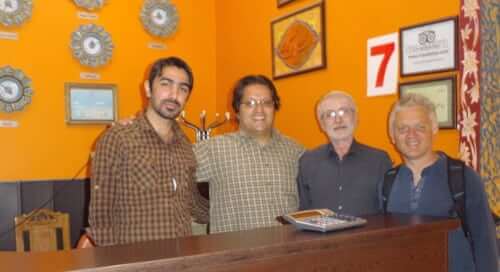
We walked through the bazaar. We bought lemon juice called Dinesh (very vitamin) packaged in simple plastic bottles as well as gas (traditional nougat), another culinary specialty of Isfahan.
We found a restaurant in the bazaar offering a local speciality, Basyane (mutton cake and vegetable patty) accompanied by barbarism (local bread) + salad with onions. We planned to go there the same evening as there are too many people.
In the afternoon, we planned to discover the Armenian quarter including the church of Vank. This is the chic district of the city where the luxury shops are located.
We had to cross the Zayanderud River of Isfahan, fortunately still dry at this time of year.
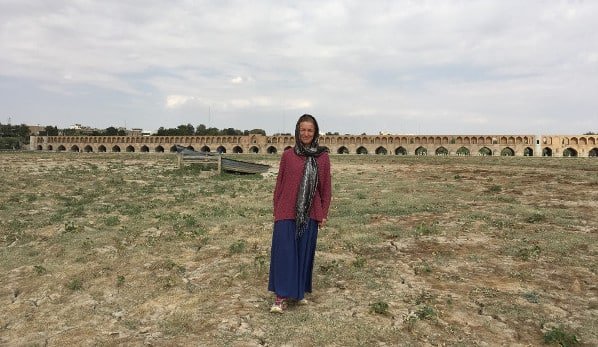
The Church of Vank is closed in the afternoon; We are accosted by carpet vendors who approach all passers-by. A little farther, it is a owner, which pushes us towards its trade.
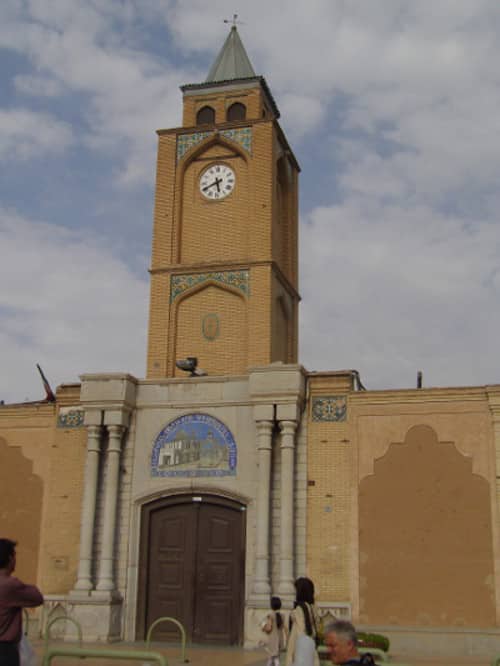
We fled this environment whose commercial pressure is getting too heavy.
A moment of rest in the gardens near the bridges (Khajoo Bridge, Chobi Bridge, Syo SE Bridge, Marnan Bridge) and we left for a new crossing of Isfahan in order to dine in the restaurant of the Bazaar. The midday rush evaporated.
Back to the square of Imam Square, by taxi. This is actually the place Naghsh-e Jahan, it is at least under this denomination that the people of Isfahan designate it. It was called at another time, under the name of “Place du Chah”, also referred to in the guides under the name of “Place of the Imam”, in reference to Ruhollah Khomeini.
Located in the center of Isfahan city, according to Iranians, it is one of the largest squares in the world (500 X 160). In fact, according to wikipedia’s ranking, it is located 22nd World Square, a very honorable rank for a provincial city.
The place is a very lively evening. The Iranians settle down on the ground for a picnic.
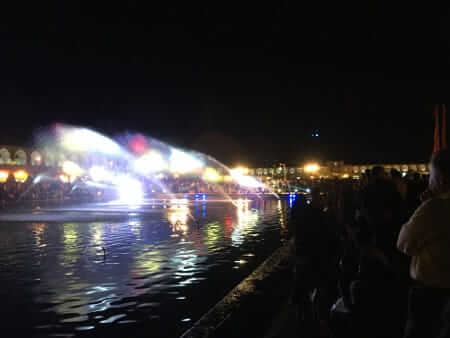
Families come in numbers, bring rugs, cushions, cutlery, stove, casserole, tea, thermos, iced water and food that goes with it. The Iranians are the kings of the picnic, who had believed it :. See the ambiance:
We made our last purchases, thus spending in stores, our last rials as gifts.
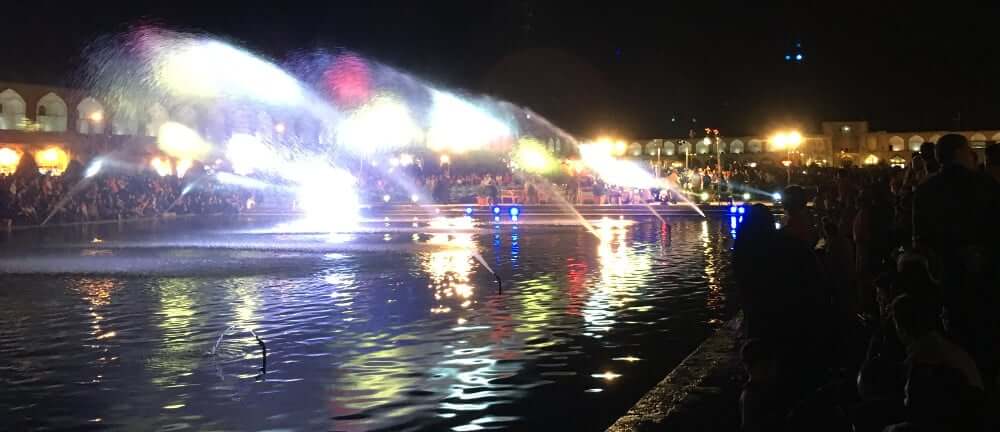
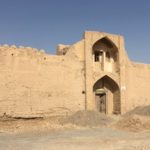
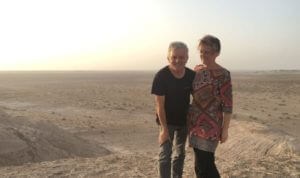
Leave a Reply